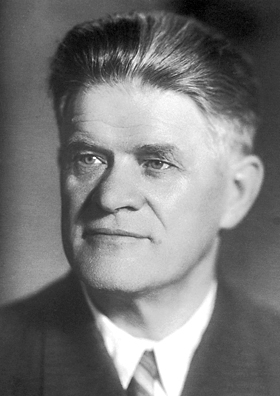 HEAPOW: The Extremely High Energy Extragalactic Sky (2010 Aug 30)
HEAPOW: The Extremely High Energy Extragalactic Sky (2010 Aug 30)
Active Galactic Nuclei and gamma rays - B Giebels, F Aharonian, H SolSupermassive black holes (monsters with masses a billion times that of the sun crammed into a space smaller than the orbit of Neptune) at the nuclei of some galaxies produce some of the most amazing celestial fireworks we can observe. They feed on gas, dust, stars (and planets?) and they swallow immense amounts of matter while at the same time generating powerful particle beams shining through the Universe for millions of lightyears. The energies involved are enormous - and of course astronomers would like to know how enormous. Ground-based telescopes like the High Energy Stereoscopic System (HESS), the Very Energetic Radiation Imaging Telescope Array System (VERITAS) and the MAGIC telescope have helped probe the upper limit of the highest energy emission produced by supermassive accreting black holes in galactic nuclei. These telescopes use the atmosphere itself as a giant detector to determine the location of sources of ultra-high energy radiation. An ultra-high energy photon emitted by a supermassive black hole may travel for many millions of years through nearly empty space, finally hitting the earth's atmosphere. When this happens the photon explodes in a cascade of energetic charged particles. These charged particles actually move faster than light can move through the atmosphere, and as they do so they produce a bluish glow which can be detected by a large telescope. Telescopes like HESS, MAGIC and VERITAS can spot these blue flashes and correlate their positions with the positions of distant galaxies. The chart above shows the rapid recent growth in the number of galaxies which produce this ultra high energy radiation due to the increasing availability of ultra-high energy telescopes. The inset shows an artist's conception of a supermassive black hole, its accretion disk and the inner part of its jet of high energy particles.
- arXiv.org > astro-ph > arXiv:1005.2330 > 13 May 2010
| << Previous HEAPOW | High Energy Astrophysics Picture of the Week |
Next HEAPOW >> |




